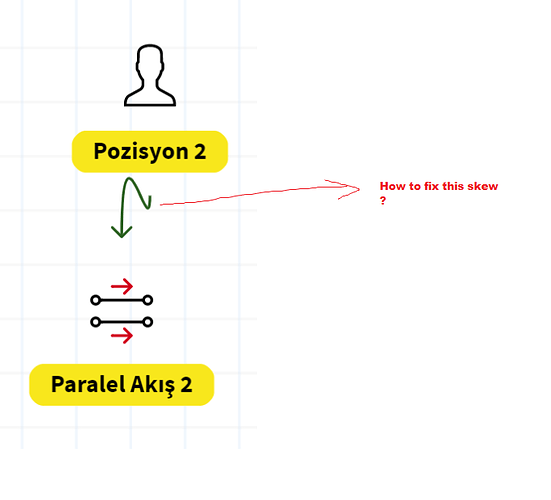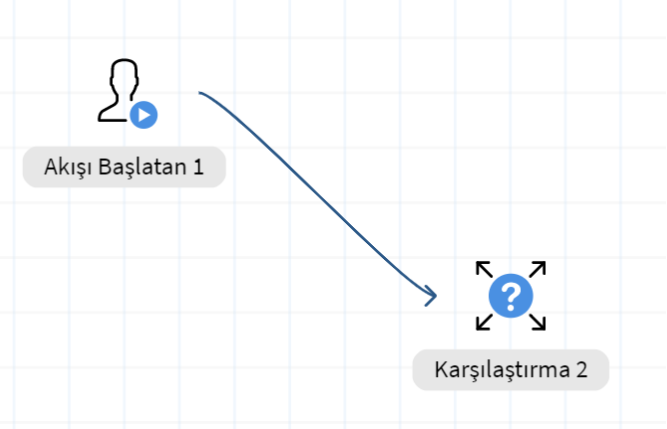How to fix the connection skew between two nearby nodes?
I am using go.Link.Bezier and it creates a bad image when the objects are too close
My Link Template:
this.diagram.linkTemplate =
goMake(go.Link,
{
curve: go.Link.Bezier,
toShortLength: 0.5,
fromEndSegmentLength: 20, toEndSegmentLength: 50,
zOrder: -1, reshapable: true,
doubleClick: (e: go.InputEvent, obj: go.GraphObject) => {
this.showLinkSelector(e.viewPoint.x, e.viewPoint.y, obj.part.data);
e.event.stopPropagation();
},
mouseEnter: (e: any, link: go.Link) => {
(link.findObject("HIGHLIGHT") as any).stroke = "rgba(30,144,255,0.2)";
let setVisible = this.findConfigDiagram("linkConfig", "isShowMouseOver");
if (!setVisible) {
link.findObject("linkTextBlockBackground").visible = true;
link.findObject("linkTextBlock").visible = true;
}
},
mouseLeave: (e: any, link: any) => {
link.findObject("HIGHLIGHT").stroke = "transparent";
let setVisible = this.findConfigDiagram("linkConfig", "isShowMouseOver");
if (!setVisible) {
link.findObject("linkTextBlockBackground").visible = false;
link.findObject("linkTextBlock").visible = false;
}
},
},
{
selectionAdornmentTemplate:
goMake(go.Adornment,
goMake(go.Shape,
{ isPanelMain: true, stroke: "dodgerblue", strokeWidth: 1 }),
goMake(go.Shape,
{ toArrow: "CustomArrowHead", fill: "dodgerblue", stroke: null })
)
},
new go.Binding("points").makeTwoWay(),
goMake(go.Shape, // the highlight shape, normally transparent
{
isPanelMain: true,
strokeWidth: 2,
stroke: "transparent",
name: "HIGHLIGHT"
}
),
goMake(go.Shape, "RoundedRectangle", // the link path shape
{
isPanelMain: true,
strokeWidth: 1
},
new go.Binding("stroke", "color")
),
goMake(go.Shape, // the arrowhead
{
toArrow: "CustomArrowHead",
strokeWidth: 0
},
new go.Binding("fill", "color")
),
goMake(go.Panel, "Auto",
{
_isLinkLabel: this.findConfigDiagram("linkConfig", "isDraggableLinkLabel"),
segmentIndex: NaN,
segmentFraction: .5
},
goMake(go.Shape, "RoundedRectangle", // the label background, which becomes transparent around the edges
{
name: "linkTextBlockBackground",
visible: false,
strokeWidth: 0
},
new go.Binding("fill", "color"),
new go.Binding("visible", "id", this.bindIsShowMouseOver)
),
goMake(go.TextBlock, "transition", // the label text
{
name: "linkTextBlock",
isMultiline: false,
stroke: '#fff',
font: "4pt sans-serif",
margin: new go.Margin(0.7, 0.7, 0.31, 0.7),
editable: true,
visible: false
},
new go.Binding("text", "text"),
new go.Binding("visible", "id", this.bindIsShowMouseOver)
)
)
);

